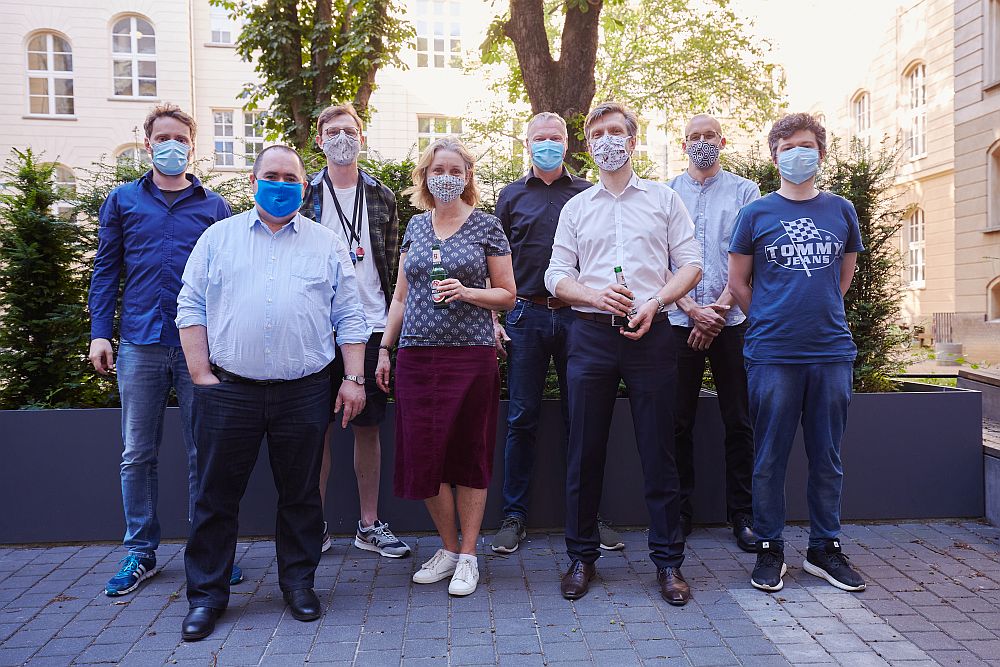It’s a wrap – first ever online Fraunhofer DDMC Conference

On June 23, 2020, the first virtual Fraunhofer Direct Digital Manufacturing Conference, DDMC 2020 took place, broadcast and moderated live from the Fraunhofer Forum in Berlin, with almost 20 speakers dialing in from all over the world. It was an exciting day with four keynotes by distinguished speakers from industry, short pitches by young researchers, lively discussions and award ceremonies.
Our congratulations go to the winners of the Best Paper Award (Lars Meyer and Gerd Witt from the University Duisburg-Essen, Germany, for their paper on “Investigation of the Track Width-dependent Melt Pool Characteristics During Laser-sintering of Polyamide 12 in Correlation to Various Focus Diameter”) and Best Poster Award (Konrad Gruber and his colleagues from Wrocław University of Science & Technology, Poland, for their work on “Tensile Properties of Titanium Ti-55511Alloy Processed by Laser Powder Bed Fusion (L-PBF)”) – congrats, everybody!
The live day was the second part of the virtual Fraunhofer DDMC Conference, the first one consisting of pre-recorded video presentations for all conference papers, that will be available to all conference participants until the end of July.
Thank you!
We would like to thank our keynote and session speakers, and all participants for their contribution to this memorable event. Special thanks are also due to our sponsors Nanoval (gold sponsor), Hexagon simufact and InfraTec (silver sponsors) for their generous support!